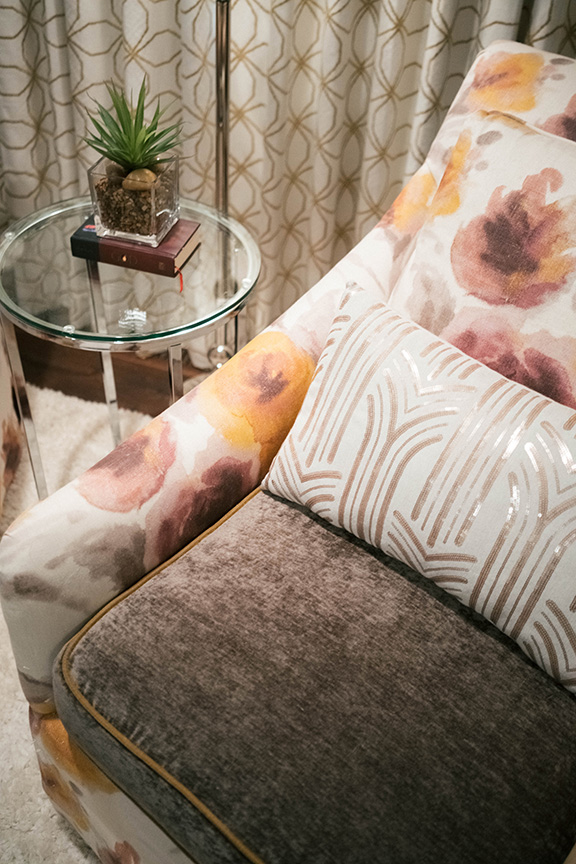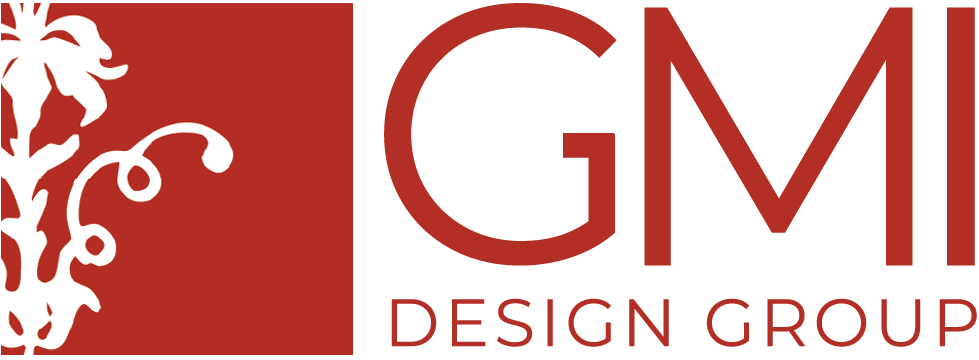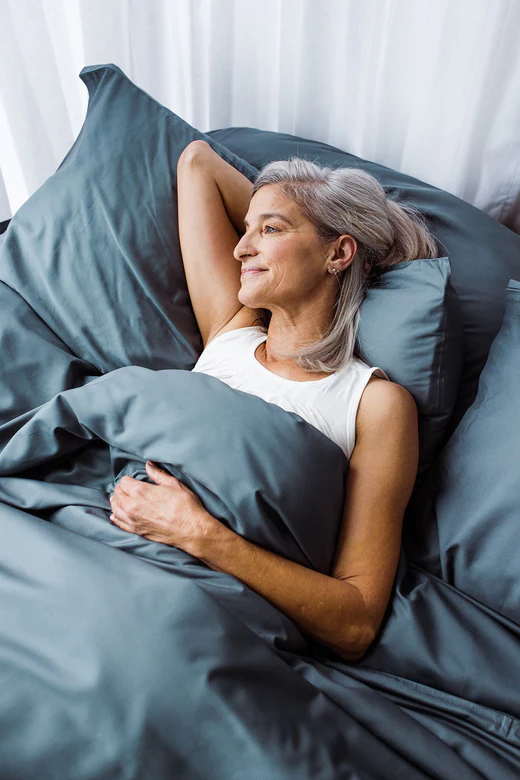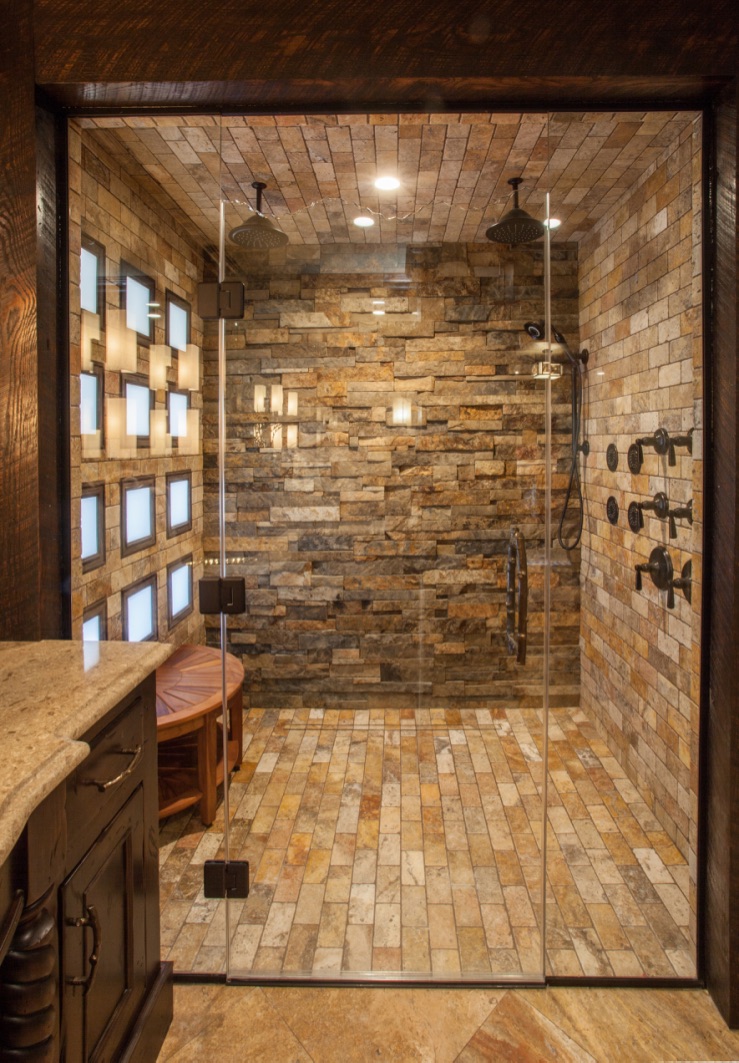If you have found yourself drawn to any of the apartments in "Only Murders in the Building", it probably says something about your personality. Check out what the design styles of Charles-Haden Savage, Oliver Putnam, or Mabel Mora says about you!
Stuck in the “Practicality Trap?” Time to de-vanilla your space and dive into the science of neuroaesthetics
People, it’s confession time.
When it comes to form vs. function, I have been known to get stuck in the “practicality trap” and begrudgingly lean to the function side more often than not.
Yeah. This happens to designers in their own homes, too.
I mean, come on…who wants to paint that room again in the next 10 years (or 15 YIKES!) And although I absolutely LOVED those red chairs with the funky pattern, what did I get?
Brown.
Brown faux leather, actually.
Before you start being all judgy-judgerton, it was almost 20 years ago and I had little kids, OK??? And I wasn’t a designer then. And espresso was the new black.
But I digress…
As I have gotten older, and wiser (especially in terms of interior design and products), I’ve learned there is value in de-vanilla-ing your home! Mixing patterns and colors and, let’s face it, adding bold colors AT ALL is that spark that makes a room dynamic, promotes creativity, and actually can improve your mental health.
Now, I’m not bashing a neutral room. They’re beautiful and calming. It’s pushing the easy button that I’m talking about here.

A 2019 Johns Hopkins Magazine article entitled “Beauty & the Brain” asked,
“Why is it that one room inspires us while another makes us sleepy or anxious? Why does a particular piece of music move us to tears while another makes us hit mute? And how does our daily aesthetic experience inform our physiology?”
Having a visually pleasing space, and not just a useful space, can go a long way into improving your mental health. Things such as color, a variety of textures, even flowing or sinuous shapes can cause the brain to release relaxing chemicals.
Suchi Reddy, founder and principal of Reddymade architecture and design firm, said in the article:
“I have always said that form follows feeling,” she says. “I think of architecture as embodied art. It’s about holistically experiencing our world through all of our senses, and so architecture is the perfect matrix for considering neuroaesthetics.”
I have long held that a room should be felt as much as it is seen. That, in my opinion, includes aspects such as light and sound and smell and incredible texture…much of what was included in the field study outlined in this article.
If you are struggling to incorporate “pretty for pretty’s sake”, then you might want to check out this article!
And go get flowers for no reason at all. Your brain will thank you.




